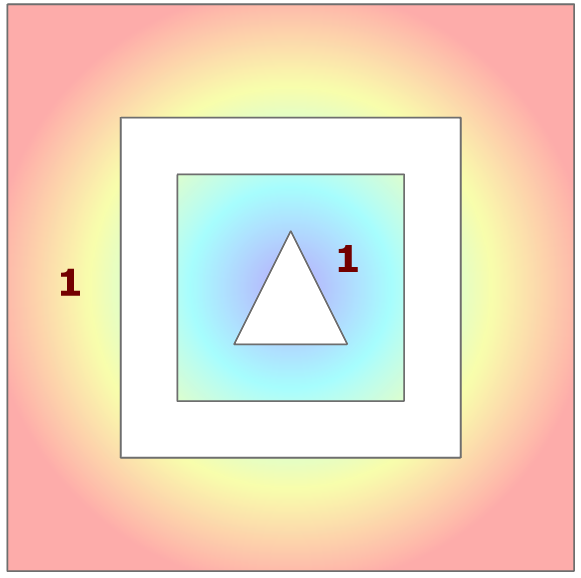- Home
- :
- All Communities
- :
- Developers
- :
- Python
- :
- Python Blog
- :
- Geometry : Forms of the same feature .... # 7
Geometry : Forms of the same feature .... # 7
- Subscribe to RSS Feed
- Mark as New
- Mark as Read
- Bookmark
- Subscribe
- Printer Friendly Page

Taking things apart and putting them back together isn't as easy as one would think
Consider the multipart shape with two holes. The first part is the larger of the two.
The coordinates can be derived from the polygon in a variety of ways. The table below shows it blown apart using the __geo_interface__ method.
| Multipart polygon from __geo_interface__ | Converted to an array |
|---|---|
| |
We now have a basis of comparison. Note that the polygon is converted to its multipart point form.
| Points |
|---|
|
Points was derived using FeatureClassToNumPyArray
The approach is outlined in the table to the right.
The final points list is given in the table below along with their representation in polygon, polyline and line form.
| Polygon | Polyline | Line | Points |
|---|---|---|---|
| | | |
--------------------------------------------

Putting them back together is hard.
If you have simple shapes, you can reassemble a point set using NumPyArrayToFeatureClass.
If the shape is complex (multiple parts and/or holes) then you can't reassemble properly.
That will be the topic of the next blog
You must be a registered user to add a comment. If you've already registered, sign in. Otherwise, register and sign in.